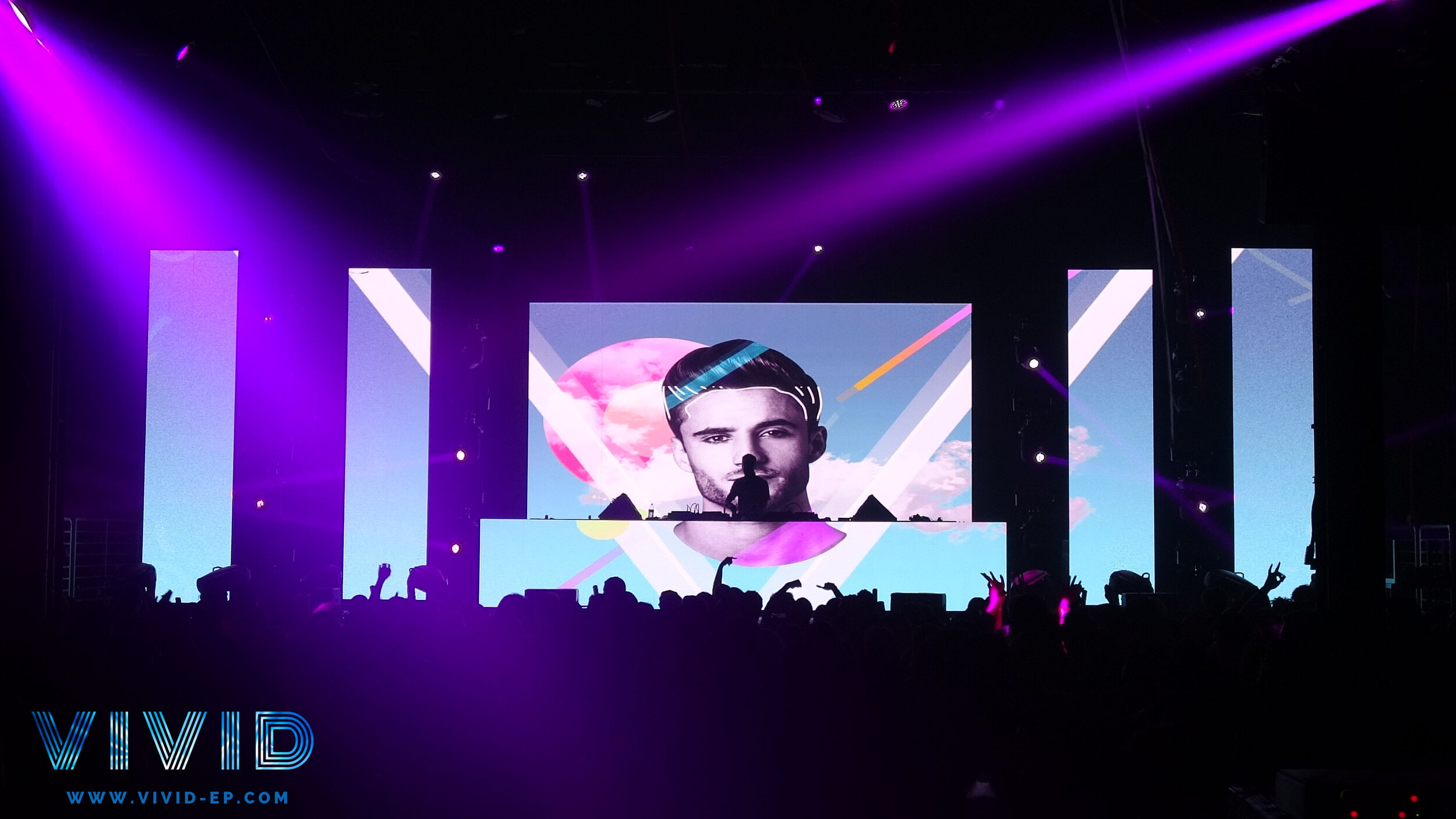Highlighting the Influence of Lighting Methods on the Art of Video Projection Mapping
Highlighting the Influence of Lighting Methods on the Art of Video Projection Mapping
Blog Article
Video mapping projection is an exciting creative medium that merges technology and creativity to convert ordinary spaces into extraordinary sight displays. This method involves casting images and footage onto three-dimensional elements, such as buildings, artworks, or stages. One of the most crucial factors in producing successful mapping is the use of efficient lighting methods. Proper illumination enhances the aesthetic elements of the projection and guarantees that the images are crisp and engaging. This piece explores the influence of lighting methods on video mapping and how they can elevate the complete experience.
Illumination plays a vital role in video mapping because it establishes the atmosphere and tone of the display. Different lighting methods can elicit various feelings and reactions from the audience. For instance, using gentle, cozy illumination can create a welcoming environment, while bright, cool lights may create a more energetic or intense effect. By carefully choosing light hues and intensities, creators can manipulate how audience perceive the projected images, leading to a more engaging encounter. The equilibrium between mapping brightness and ambient light is crucial, as it can significantly affect the visibility and effect of the visuals.
In addition, color and intensity, the direction of illumination also affects the efficacy of mapping. Illumination from different directions can generate contrast and highlights that add depth to the projected images. This method, known as light and shadow, can improve the three-dimensionality of the objects being mapped. Furthermore, using dynamic illumination can introduce energy to the display, making the experience more engaging for the viewers. When the light interacts with check it out the projected visuals, it can create an illusion of movement and transformation, capturing the viewers' attention.
Another essential aspect of lighting in projection is the use of special effects. Techniques such video projection and storytelling as gobo lighting, which employs patterns and forms to filter light, can add texture and complexity to the projections. This method allows artists to layer images and create visually stunning effects that complement the mapping. Additionally, incorporating laser lights or LED lights can further enhance the exhibit, providing a unique blend of visual elements that attract the viewers in. These unique features, when used carefully, can elevate the projection beyond a basic display to an immersive work of art.
In summary, the influence of illumination methods on motion mapping is profound. By understanding how different lighting elements interact with mapped visuals, creators can produce enthralling experiences that resonate with viewers. The careful selection of hue, intensity, angle, and special effects allows for a rich canvas of sight narrative. As tech advances to grow, the possibilities for creative expression in projection will only expand, making illumination an increasingly vital aspect in this innovative art medium.